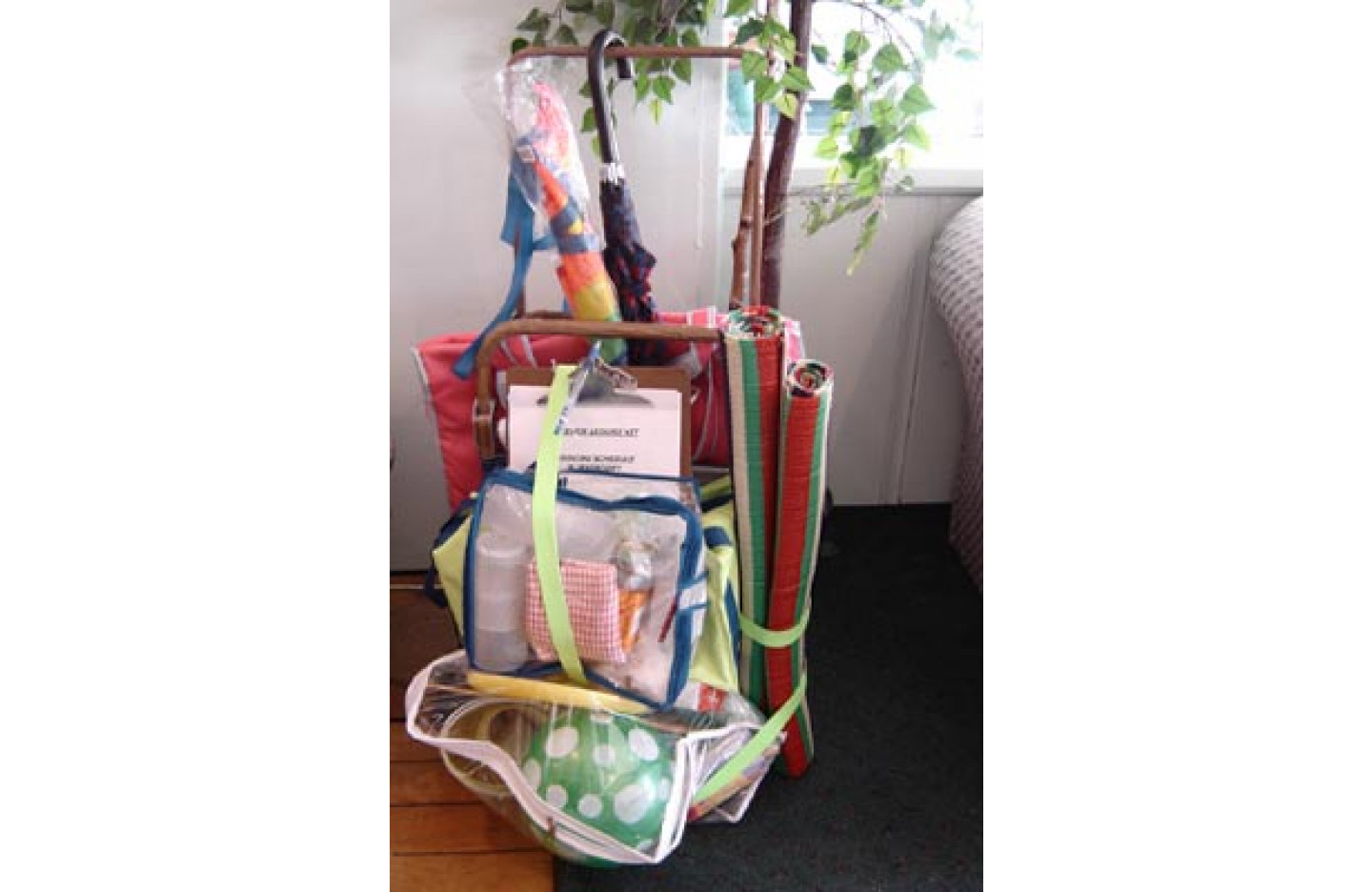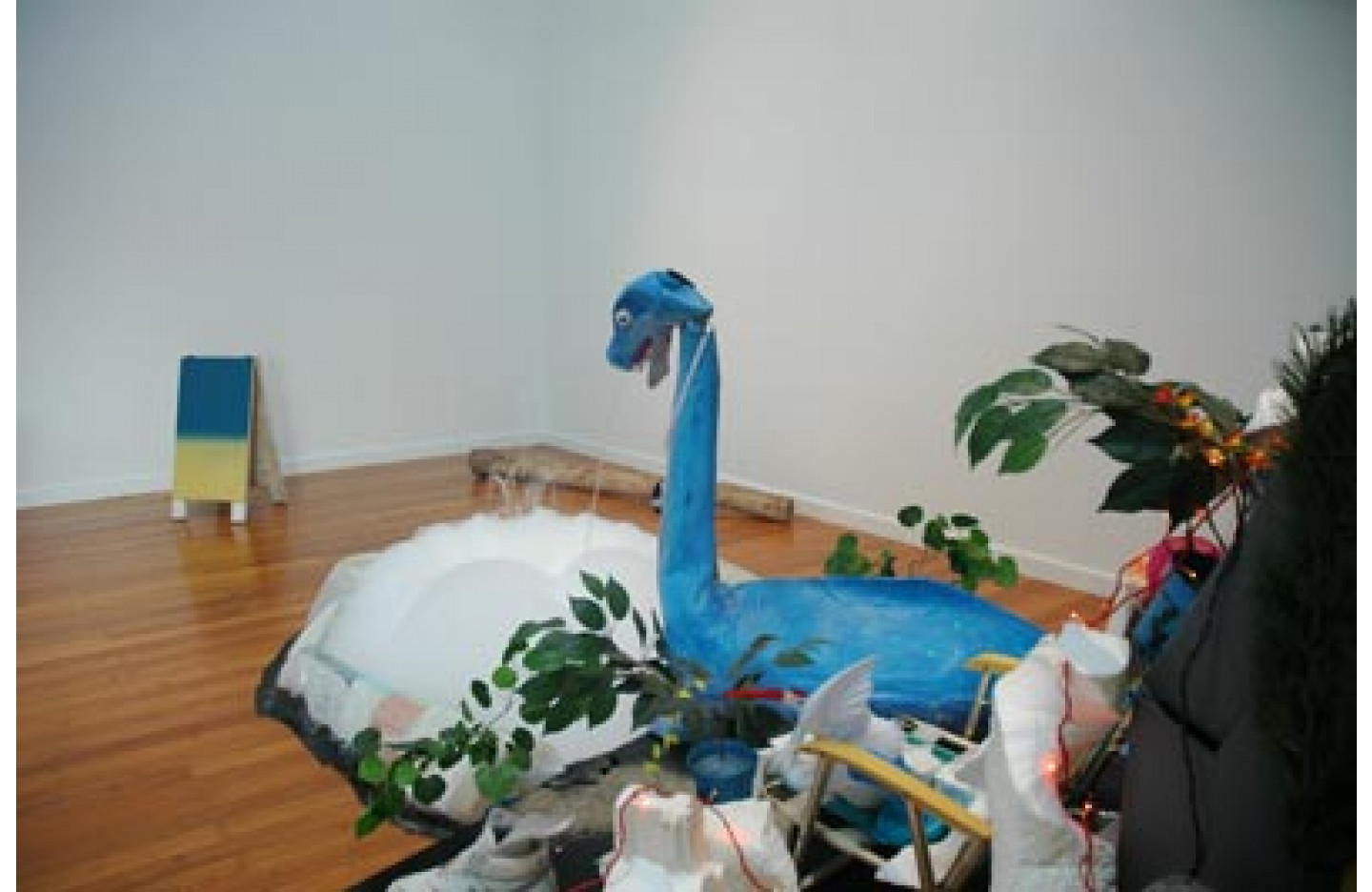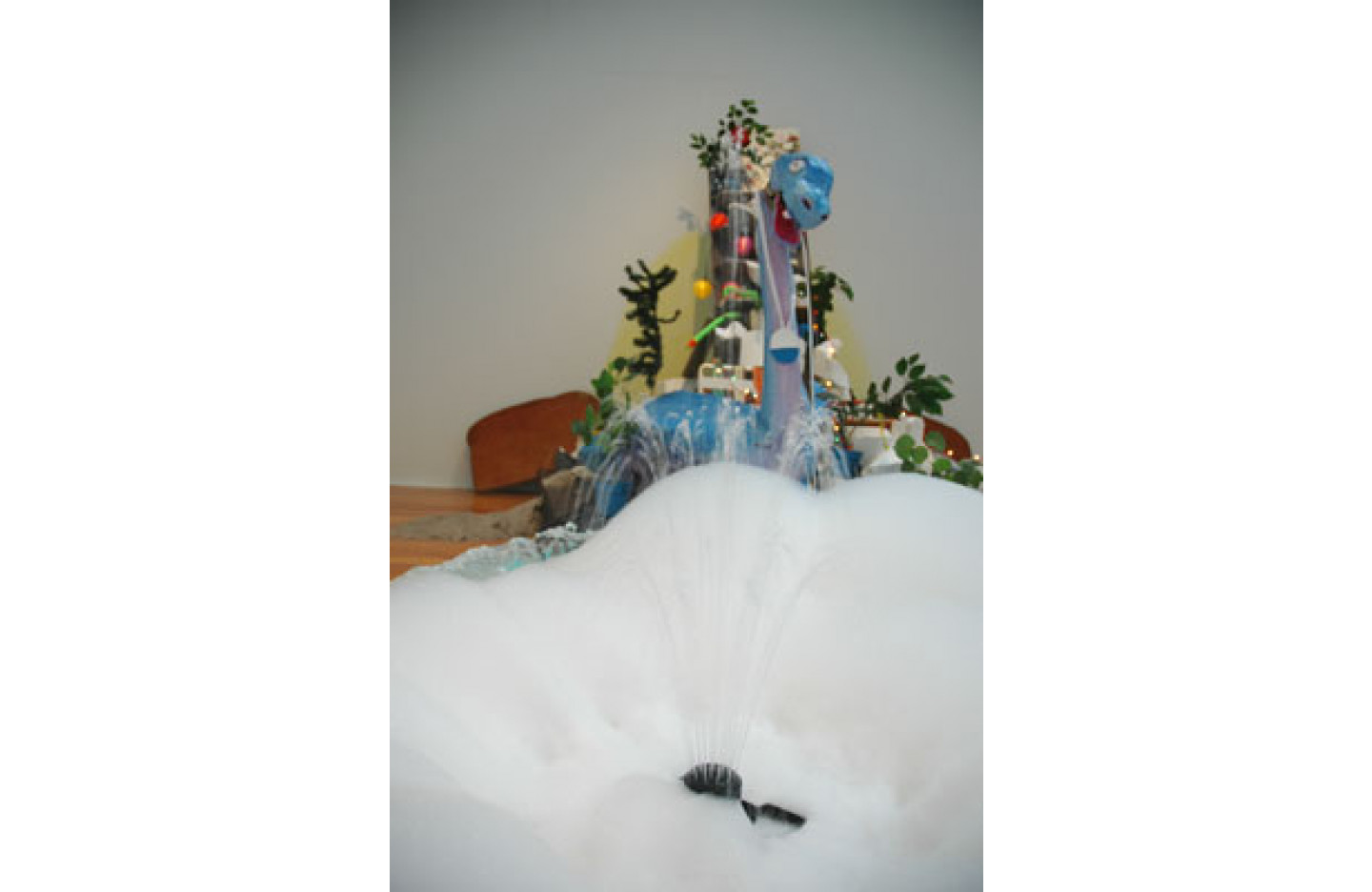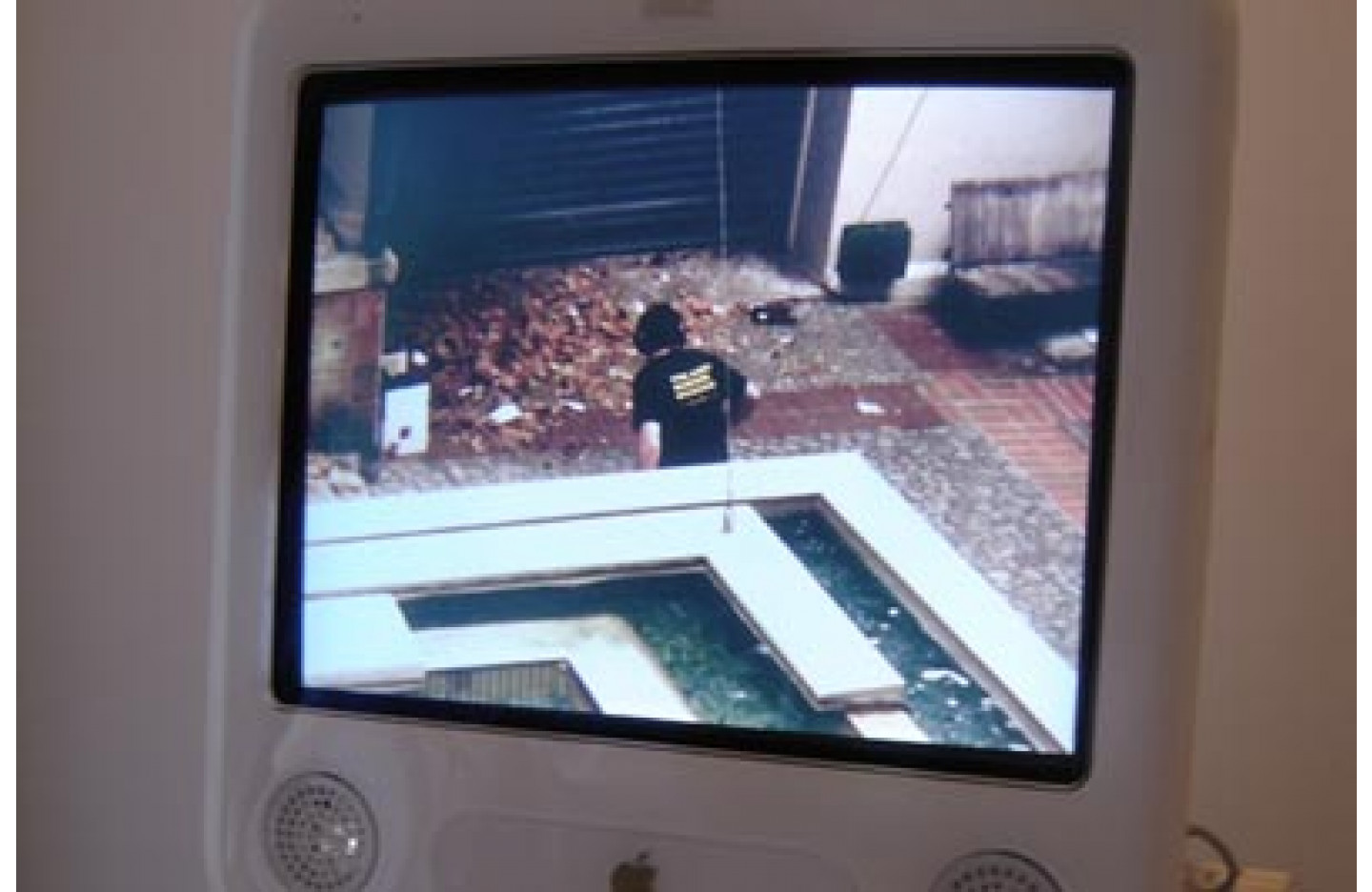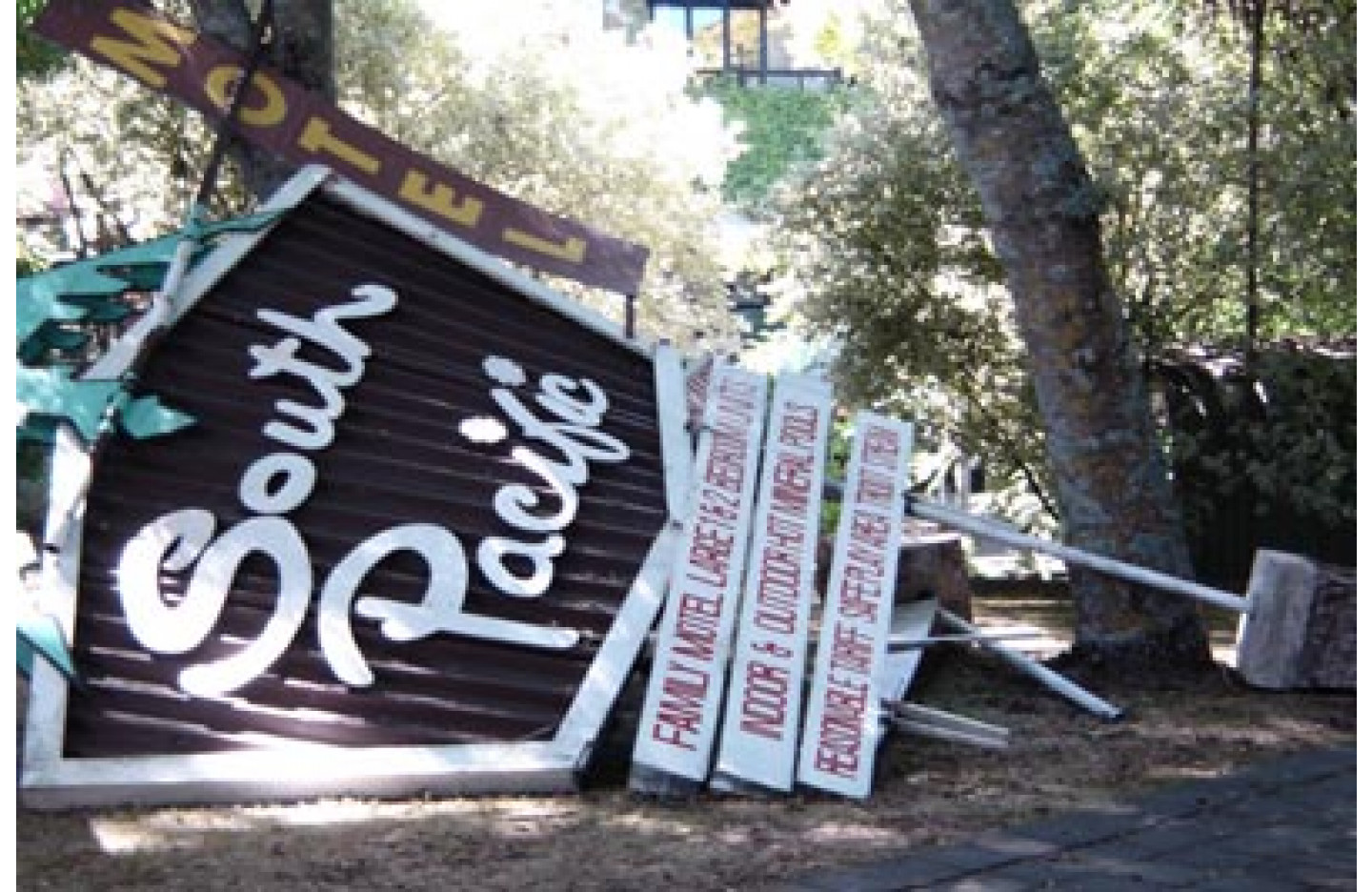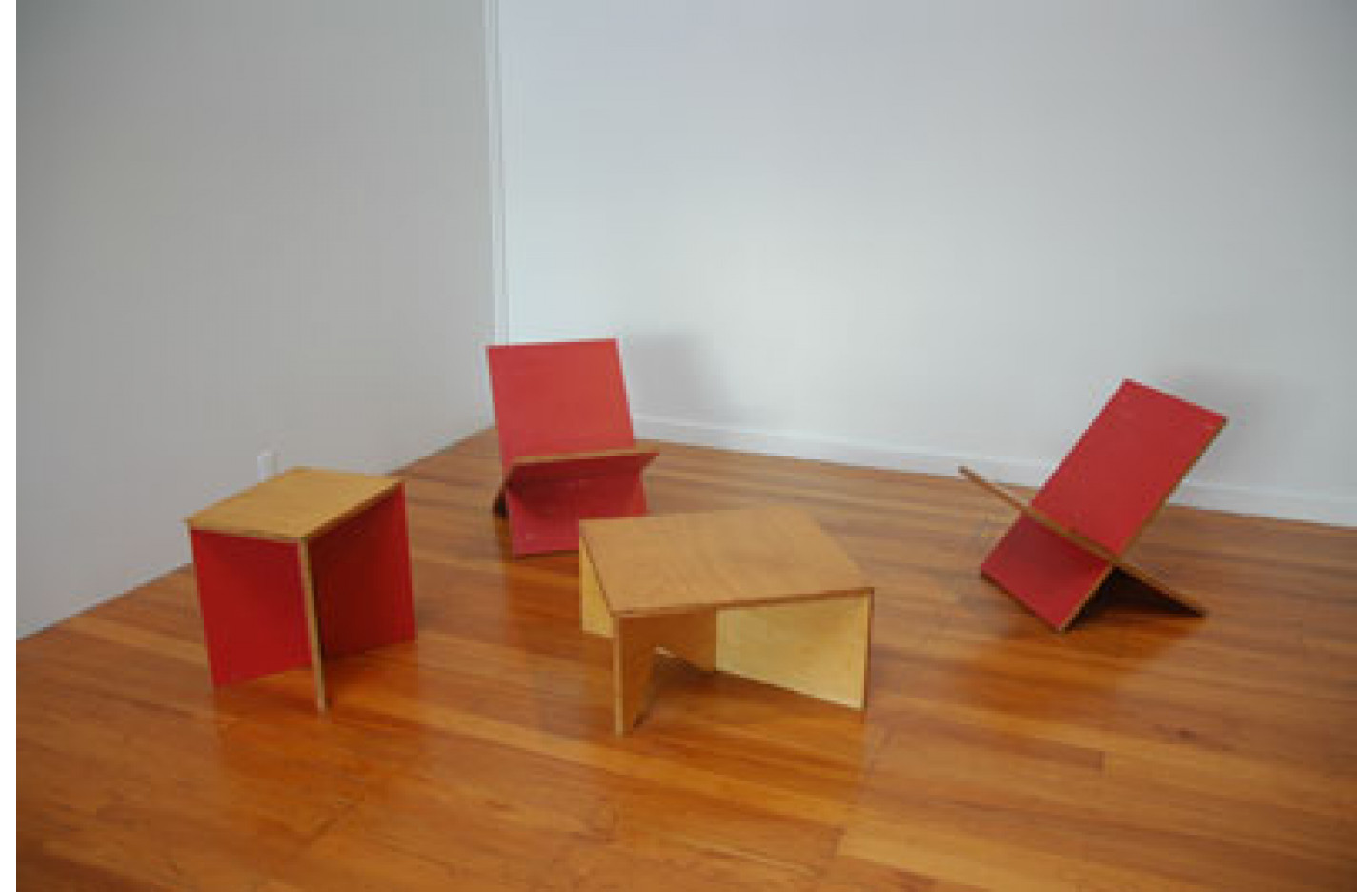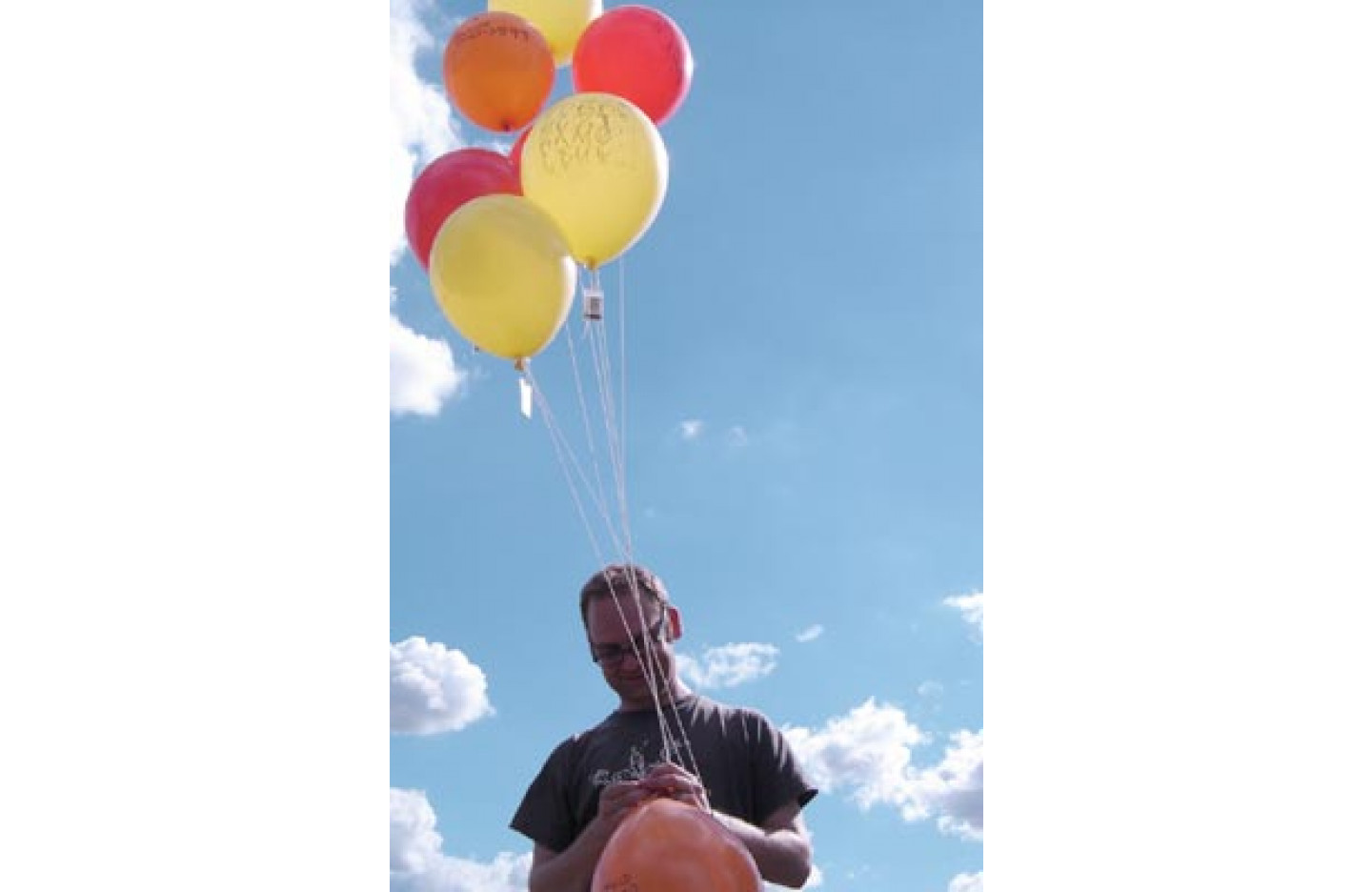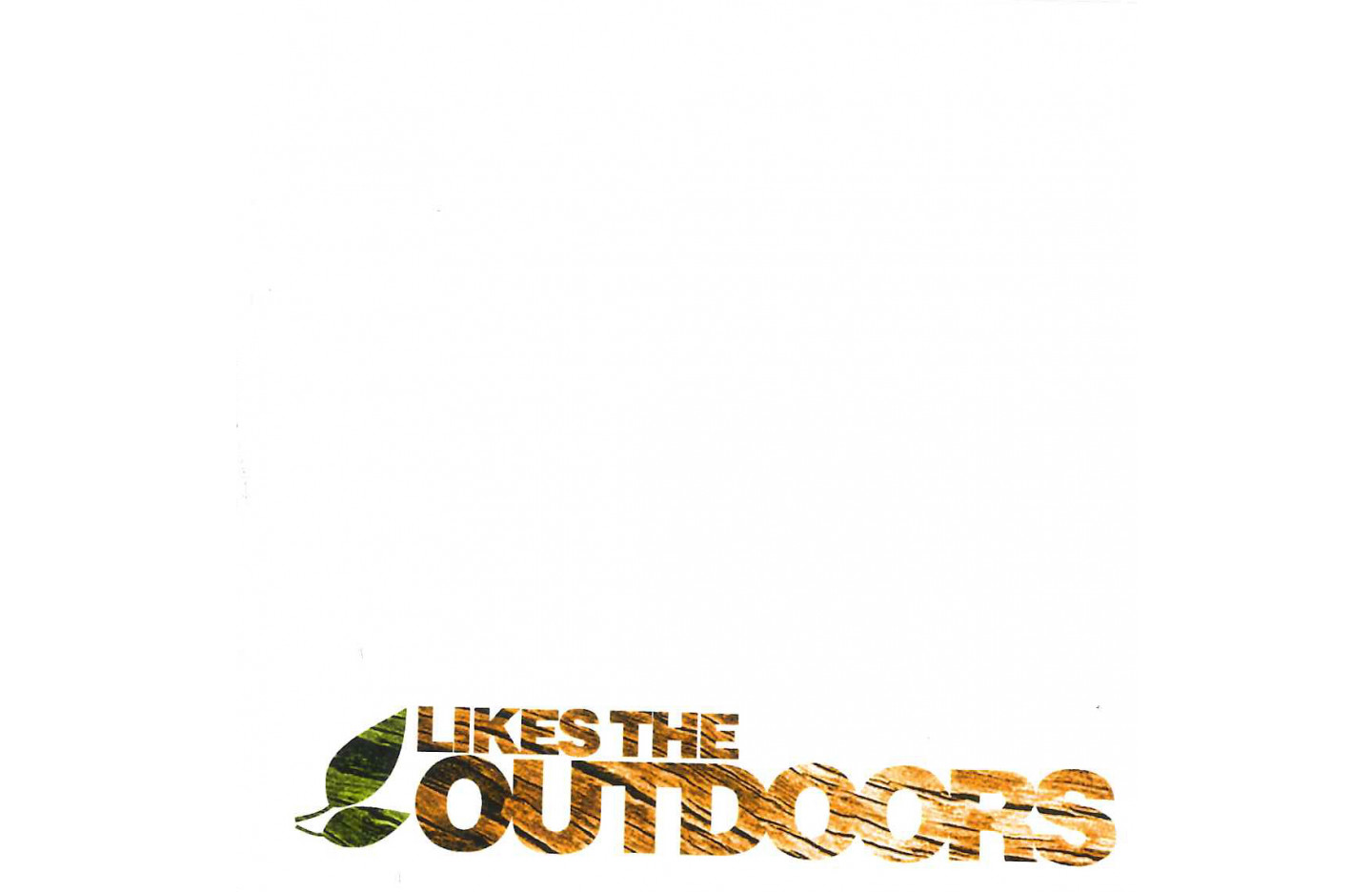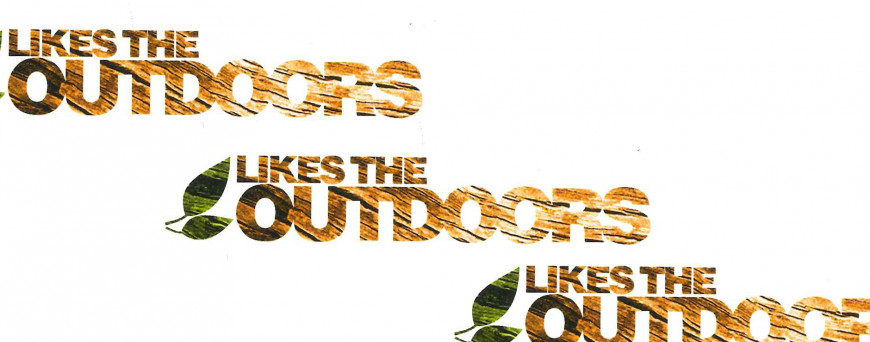Likes the Outdoors
Ben Tankard / Eve Armstrong / Fiona Connor / Katy Wallace / Nicholas Spratt / Richard Francis / Steve Carr
- 28 Feb - 19 Mar, 2005
- curated by Cassandra Barnett and Lauren Winstone
It’s no coincidence that this exhibition’s title comes from the personal columns. Of the many joys to be found in the personals, the most gratifying is the fully public – albeit euphemised, romanticised and sanitised – glimpse they offer us of the intimate desires of strangers. Likes the Outdoors exercises a similar disruption of public-private distinctions, only this time what gets laid bare are our intimate relations with space.
In keeping with the suburbanity of those personal ads, the space in question here is of course the incomparable ‘outdoors’ of the city. Not wild nature in all its sublimity but the parks, walks, gardens and other sculpted retreats in which city dwellers and their pets relax, refresh and recreate.
What is it, after all, to like the outdoors? Far from being an idiosyncratic preference, we are trained by the very structure of our cities (and our societies and our cells) to seek solace in greenery, water and sunlight. That’s all well and good. It’s just that, in the city, these things become highly coded and controlled – and the solace they offer becomes a safe solace built on entrenched assumptions about how we fit into our environment.
In its classification of the ‘Possible Sites for Public Art in Hamilton’, Hamilton City Council describes the current uses of Lake Domain and Lake Rotoroa as follows:
• Lake Rotoroa caters for activities such as yachting and other water sports; and informal activities such as feeding ducks or fishing.• Innes Common caters for active recreation with a playground, and sports such as hockey and cricket; it attracts fairs, kite days, family fun days, balloon festivals, concerts and fun runs.•The remaining area of the park is used mostly for passive or casual recreation, including eating at the Lakeside Café or buying refreshments from the kiosk. Walking around the Lake is a popular activity.
Sweet descriptions of this kind are indispensable to council ministrations. The site’s intended uses are reflected in its civic design, and for the most part people can be witnessed slotting themselves in neatly as the space dictates. One may yacht, fish, feed ducks, fly kites, run, walk or eat ice-creams. The sub-division of activities is also charming: one may be active, informal, casual or passive. But none of this tells us much about the real sensations we might have when we visit Lake Rotoroa. It merely reassures us that our experience is being duly categorised by someone, somewhere, according to relatively arbitrary criteria. And gives no whiff of the myriad less orthodox – and less public – uses of the site.
So what about everything else that happens in such a space? What about fighting with girlfriends, stubbing toes, having epiphanies, making out in cars, spotting celebrities, smoking drugs, hearing tuis, writing graffiti, passing out in the shrubbery, getting sunburnt or having a rendezvous with someone you met through Connexions? Not to mention all the non-human activities and events also traversing any ‘public’ space…
If we like the outdoors so much, isn’t it partly because they throw us into a complex, unpredictable matrix over which we have no control? Our struggles fade in significance, the richness of life smacks us in the face and we feel a whole lot better for it. The outdoors are great because they take us out of ourselves. They’re less about the myth of nature than about having a real live confrontation with the world.
With this in mind, Likes the Outdoors encourages its audience to look beyond publicly sanctioned delineations of space and discover some of the other encounters and sensations available to them. Because sometimes, the outdoors are the most private place there is.
The seven artists involved in Likes the Outdoors have all taken a different facet of the urban outdoor experience and ‘mixed it up’. The inside is taken outside, the outside comes in. And any witness to these exchanges is accorded a delicious disorientation throwing unexpected shapes into focus.
Hence, it shouldn’t be surprising that none of the works are static, public artefacts in the traditional mould. They don’t sit still and behave themselves, let alone memorialise historic figures, lost heroes or civic pride. (Hamilton already boasts many a fine of example of built-to-last monuments.)
Rather, the works in Likes the Outdoors engage with the living and lived-in outdoors. They’re examples of a kind of art that is (to borrow the council-speak) more active than passive. An art that interacts with people, generates incidental relationships with unknown audiences, and muscles in on our leisurely escapes in order to get to know them better. Maybe better than they’ve ever been known before.
The Artists
Most of the artists in Likes the Outdoors have created works specifically for the show. Three of these are exhibited in Ramp Gallery and a further four will be on show at outdoor sites between Wintec and Lake Rotoroa.
Eve Armstrong’s Leisure Kit tempts Lake Domain visitors to detour from their regular recreations and sample her quaint, alternative, anachronistic tray of delights. Featuring a blanket, a croquet set, a shade umbrella, a book on ornithology and a watercolour set, the Leisure Kit comes in a compact unit on a trundler and can be booked out by members of the public. Playing on the endorsement and facilitation of select park activities, Armstrong’s gentle, generous intervention challenges lake-goers to abandon themselves to the moment, follow a whim and acquaint themselves with some pastimes of the past.
Steve Carr’s video of himself using a leaf-blower in a city square forces viewers into a disquieting position: that of voyeuristic birds gazing down from behind the foliage of a tree. And having been granted this unlikely perspective we feel furtive, intrusive, even filled with a guilty pleasure. The performance may be a public one, equally visible from the ground, but only we are privy to its vulnerable, intimate side. The fraudulent privacy afforded us by the work transforms a mundane task into something fascinating.
Fiona Connor’s art displaces the viewer in an altogether different way. Stumbling across her exact replica of a massive Rotorua motel sign, now magically relocated to Hamilton, you’d be forgiven for wondering where you were. The uncanny appearance of a site-specific sign on the wrong specific site highlights the knack both signs and sites have of leaking into each other (in our heads at least). We start sensing a motel-like ambience on a site whose function was previously unassailable. We wonder, Where are the rooms? Who are the staff? What alien creatures might find sleep and sustenance in this place? And the sign itself becomes a cast-off from some parallel universe: one where ‘trout streams’ and ‘safe play areas’ are what every lunching Tech student needs.
The visual and haptic planes of our environment frequently garner more than their fair share of attention.Richard Francis alerts us instead to the sound environments we inhabit, by capturing and manipulating the mechanical and organic noises of a site. With his live remix of Lake Rotoroa’s own special hubbub – the park pumps, skateboards, animals, insects and human chatter – Francis proposes to bring the subtle soundtrack of our public lives into sharper focus.
A stone’s throw from the setting of the annual Hamilton hot-air balloon festival Nicholas Spratt will be launching more than one hundred helium balloons, each printed with graffiti found on-site at Innes Common. Subverting the commercial thrust of most printed balloons these ones deliver enigmatic, anonymous ciphers to their finders, and mingle freely with signs, slogans and billboards as they mark out their random diagram of the city. Their sweet, cryptic, message-in-a-bottle mode of personalisation is the stuff of marketeers’ dreams. Yet what they celebrate and disseminate are the boasts and bravado of unknown, incompliant individuals with spray cans and magic markers in their back pockets.
Referencing ponds, waterfalls, sunsets and landscapes while recycling a shonky prop-making mode of production, Ben Tankard’s site-specific artworks borrow the faux naturalism of a film set or Vegas hotel-lobby – and still manage to emanate an eerie tranquillity. For Likes the Outdoors Tankard is giving Ramp Gallery some R&R of its own by erecting a refreshing water-feature within its walls. In a parallel, private performance Tankard is camping out while in Hamilton because, in his own words, “I love tents. It’s like being indoors when you’re outside.”
Katy Wallace’s 1.2.3. furniture – part of a larger project involving the design and rebuild of a caravan – reflects the artist’s abiding interest in redressing the way we live and interact with objects. Produced at the boundary of art and design, the modular 1.2.3. kit equips picnickers with two reclining seats and a choice of table or stool, all assembled from a single pre-cut 18mm sheet of ply. It’s self-contained, flat-packable, user-interactive, economically-viable and attractive and comfortable: a noble emblem of the ‘form follows function’ paradigm. We can only pray that all outdoor goods manufacturers will one day fall in line.
Cassandra Barnett and Lauren Winstone
